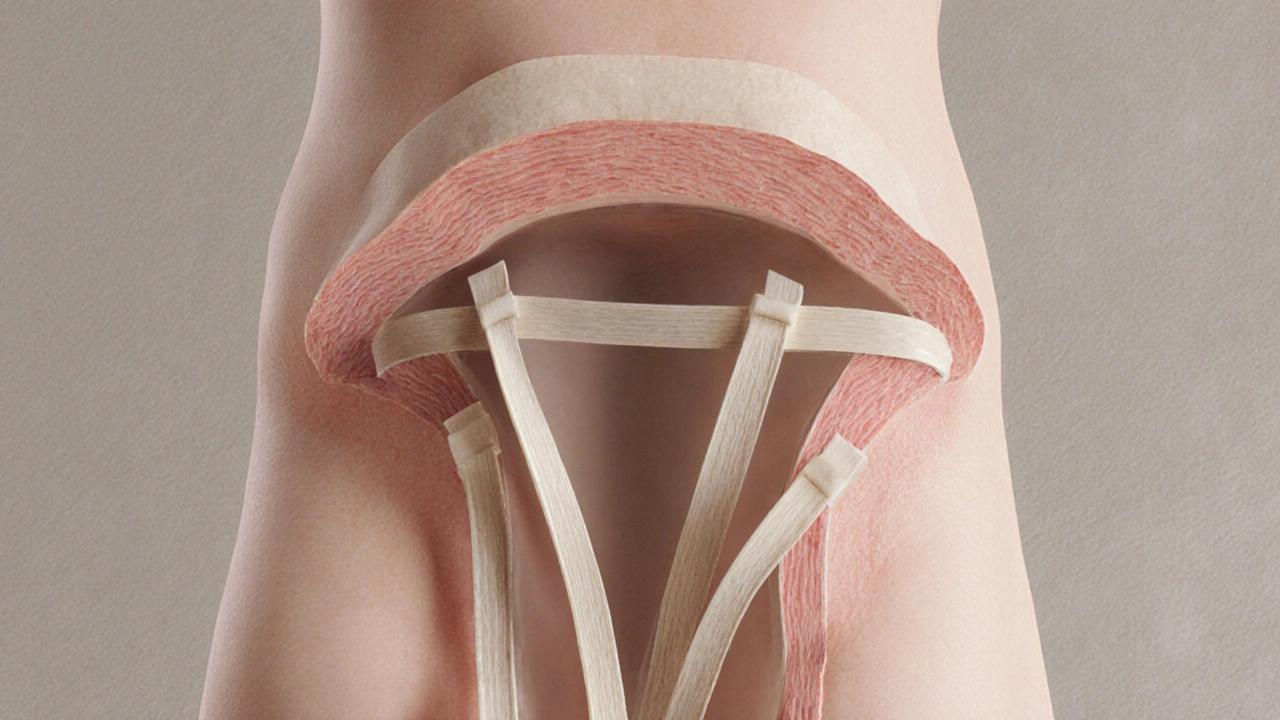
Penile Adhesions – What They Are and How to Fix Them
When dealing with penile adhesions, the formation of fibrous bands that attach the glans to the shaft or foreskin. Also known as foreskin adhesions, they can make cleaning, intercourse or an erection uncomfortable.
These adhesions are a type of scar tissue, abnormal collagen that develops after inflammation or trauma on the penis. Common triggers include repeated irritation from poor genital hygiene, untreated balanitis or minor injuries during sexual activity. When scar tissue builds up, it creates a bridge that limits the natural movement of the skin, leading to a feeling of tightness or pulling.
Another frequent companion is phimosis, a condition where the foreskin cannot retract fully over the glans. Phimosis can both cause and result from adhesions: a tight foreskin traps moisture, encouraging inflammation that later turns into fibrous bands, while existing adhesions make retraction harder. Likewise, balanitis, inflammation of the glans often linked to poor cleaning or infections can spark the inflammatory cascade that ends in scar formation.
How to Recognize and Manage Penile Adhesions
Typical signs are a translucent or whitish line where the skin sticks, mild pain during erection, and difficulty pulling back the foreskin. Some men notice a small “zipper” feeling when they try to move the skin. If the adhesion is tiny, gentle daily retraction during a warm shower can gradually stretch the band. Using a mild, fragrance‑free soap and fully drying the area reduces moisture buildup, which lowers the risk of recurrent inflammation.
When home care isn’t enough, medical options include topical steroid creams that soften the tissue and promote gentle separation. In more stubborn cases, a physician may recommend a minor procedure—often a circumcision or a targeted adhesiolysis—where the offending band is cut under local anesthesia. This surgical step not only removes the adhesion but also lowers the chance of future scar tissue by preventing the foreskin from trapping bacteria.
Preventive habits are straightforward: keep the area clean with lukewarm water, avoid harsh chemicals, and dry carefully after bathing. If you experience redness, itching or discharge, treat it promptly; left untreated, balanitis can turn into adhesions within weeks. Regular self‑checks help you spot early changes before they become painful.
Our collection below dives deeper into each of these topics. You’ll find practical guides on safe genital hygiene, detailed explanations of phimosis and balanitis, and step‑by‑step advice for choosing the right treatment—whether it’s a simple at‑home routine or a professional procedure. Keep reading to discover the full range of options and get the confidence to manage penile adhesions effectively.

